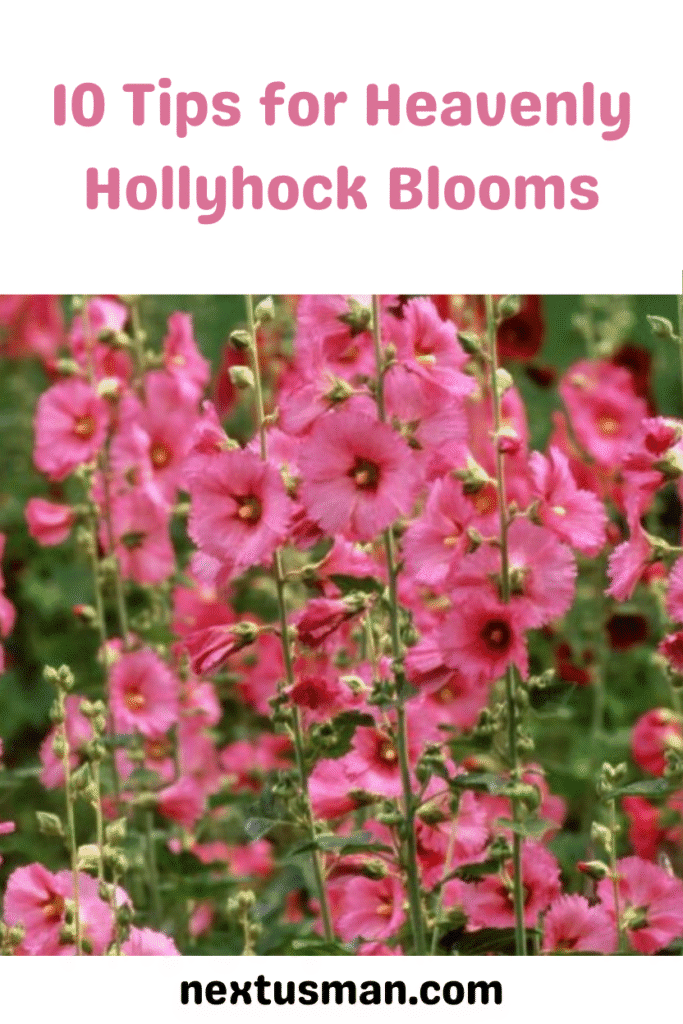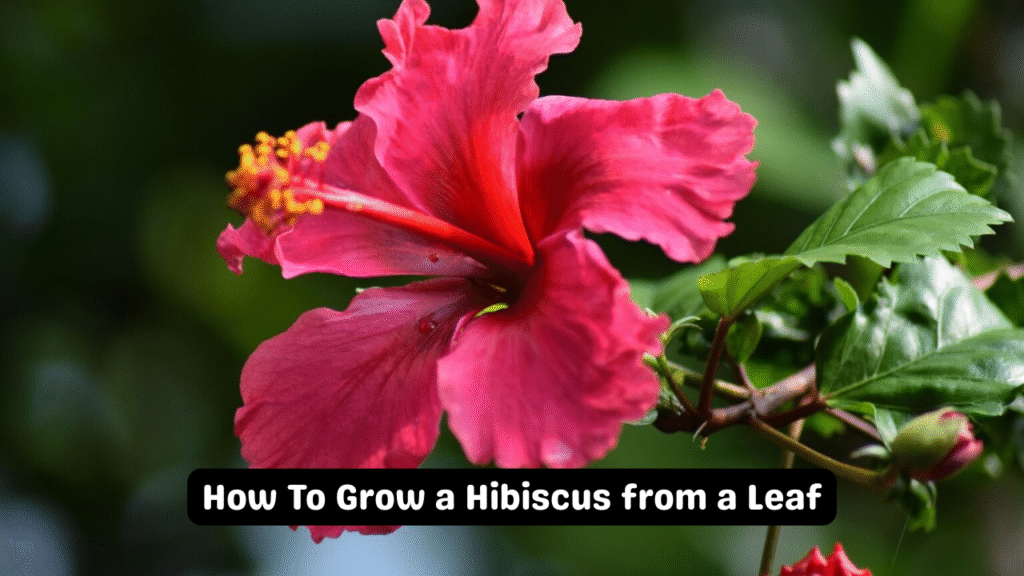Hollyhocks (Alcea rosea) bring timeless beauty to any garden with their tall, colorful spires and cottage-garden charm. These hardy perennials (or biennials, depending on your climate) thrive in various soil types and are relatively easy to grow — as long as you follow a few key steps. If you want to enjoy a stunning display of hollyhock blooms season after season, follow these 10 expert tips to help your garden truly flourish.
🌞 1. Choose a Sunny Location
Hollyhocks need at least 6 hours of direct sunlight daily to produce their best blooms. Plant them along fences, walls, or garden borders where they’ll get plenty of light and won’t be shaded by larger plants.
🌱 2. Prep the Soil
These plants thrive in well-draining, slightly alkaline to neutral soil. Before planting, enrich your soil with compost or well-rotted manure to boost nutrients and improve structure. Good soil = stronger stems and better flowers.
🌾 3. Plant at the Right Depth
When sowing hollyhock seeds, plant them ¼ to ½ inch deep. Too deep, and germination may fail. If you’re transplanting seedlings, keep them at the same depth as they were in their nursery containers.
🌿 4. Give Them Space
Space plants 2 to 3 feet apart to allow proper air circulation. This helps prevent common hollyhock issues like rust and powdery mildew, while also giving each plant room to grow tall and proud.
🪴 5. Support Tall Stems
Hollyhocks can reach heights of 6–8 feet. Use stakes, bamboo poles, or a trellis to keep them upright, especially in windy areas. Secure gently with soft ties, allowing room for growth.
💧 6. Water the Right Way
Keep the soil evenly moist, but don’t let it get soggy. Water deeply when the top inch of soil is dry. A layer of mulch helps retain moisture and keeps roots cool during hot weather.
🌸 7. Fertilize for Flowers
Apply a balanced, slow-release fertilizer in early spring as new growth appears. Avoid overdoing nitrogen—it promotes leafy growth at the expense of blooms. Look for fertilizers higher in phosphorus for stronger flowering.
🐛 8. Watch for Pests and Disease
Hollyhocks are prone to aphids, spider mites, rust, and other fungal diseases. Regularly check your plants and use organic pest control or neem oil if needed. Remove infected leaves promptly to prevent spread.
✂️ 9. Deadhead Regularly
Remove spent blooms to encourage continuous flowering throughout the season. This prevents the plant from going to seed too early and keeps your garden looking clean and vibrant.
❄️ 10. Mulch and Winter Prep
Before winter, add a thick layer of organic mulch to protect the roots. In colder zones, cut back stems to a few inches above ground after the first frost to prevent winter damage.
🌼 Final Thoughts

With the right care, hollyhocks can turn your garden into a magical vertical display of vibrant color. These towering blooms bring structure, elegance, and nostalgic beauty to any space. Follow these 10 tips, and you’ll enjoy healthy, vigorous hollyhocks that bloom beautifully year after year.




